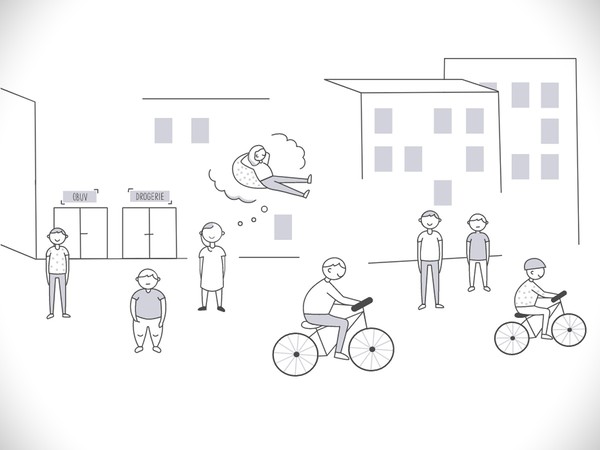Czech children are active. According to a study conducted by researchers at Palacký University Olomouc, 86 percent of schoolchildren aged 11–15 are involved in organised activities. In other words, only one in seven children has no regular leisure activity. However, a significant proportion of the child population spends four or more hours a day on computers, televisions, and smartphones, thus facing increased health risks.
Recently published data from the study for HBSC (Health Behaviour in School-aged Children) shows that most Czech young people aged 11–15 years spend their leisure time actively. They are involved in team and individual sports and in activities in arts clubs or youth organisations. Among the boys, team sports prevail (58 percent), while among girls it is artistic activity (60 percent). “We have found that children who spend their leisure time in an organised way show higher satisfaction with their lives and are more successful at school. In addition, there are smaller numbers of regular smokers and those with repeated drunkenness among them,” says the research team leader, Michal Kalman.
With family, actively
The research also focussed on the ways how leisure time is spent in families. One of the favourite activities in this case is sport. Almost 40 percent of adolescents do sports with their parents at least once a week. “In the long run, this is very good news, because it was only 30 percent 16 years ago. The family environment is essential for an active lifestyle,” says Petr Baďura from the UP Faculty of Physical Culture. He adds that the number of families who go for regular walks together has also increased. Active leisure is, according to him, more typical in better-off families. That includes sports as well as visits to restaurants or the cinema, regular walks, and time spent chatting.
Non-organised activities without a predetermined structure, deadline or regularity also play an important role in young people’s lives. These include reading, playing board and card games, visiting the cinema, spending “down” time with family at home or with peers in the park or housing estate, or just doing nothing.
Less than one third of Czech children read at least once a week, with girls heavily outnumbering boys (41 percent vs. 24 percent). Only about one fifth of children meet with their friends every day in the streets or in the park. By contrast, children often prefer to go to shopping centres. Three out of ten teenagers go there for entertainment or distraction several times a week; this involves more often children from poorer families.
Interestingly, the lack of activity – simple lying on the couch or in bed – also has its place among leisure time “activities”. This is how up to 40 percent of children spend time several times a week. “We should not see this only negatively. Some studies suggest that occasional boredom increases creativity and imagination, especially in younger children,” argues Baďura.
Risky four hours daily in front of a screen
A significant consumer of time are electronic devices. On weekdays, 19 percent of boys and 15 percent of girls spend four hours or more watching TV and videos; and one third of boys and 27 percent of girls on weekends. In addition, almost every fourth boy (23 percent) versus 9 percent of girls spend four or more hours on weekdays playing electronic games. Girls, on the other hand, are more often visiting social networks and browsing the internet. Note that the younger generation is able to combine several such activities simultaneously.
“Excessive time spent on the computer screen, television, or smartphone poses a significant risk to children, not only in terms of overweight and obesity; it also negatively affects sleep quality and is associated with the occurrence of depression,” concludes Srđan Matić, a representative of the World Health Organization (WHO) in the Czech Republic. The HBSC study has been conducted under the auspices of WHO internationally for many years; the study’s conclusions serve to develop strategic documents, policies, and practical recommendations.
The HBSC study is one of the largest data sources on children’s and adolescent lifestyles in the world. The current research in the Czech Republic involved 230 schools and 13,000 children. The team from the UP Faculty of Physical Culture has been long monitoring and commenting on factors influencing the health of Czech schoolchildren aged 11, 13, and 15 years.
Selected data including infographics can be viewed on the website www.zdravagenerace.cz.
